

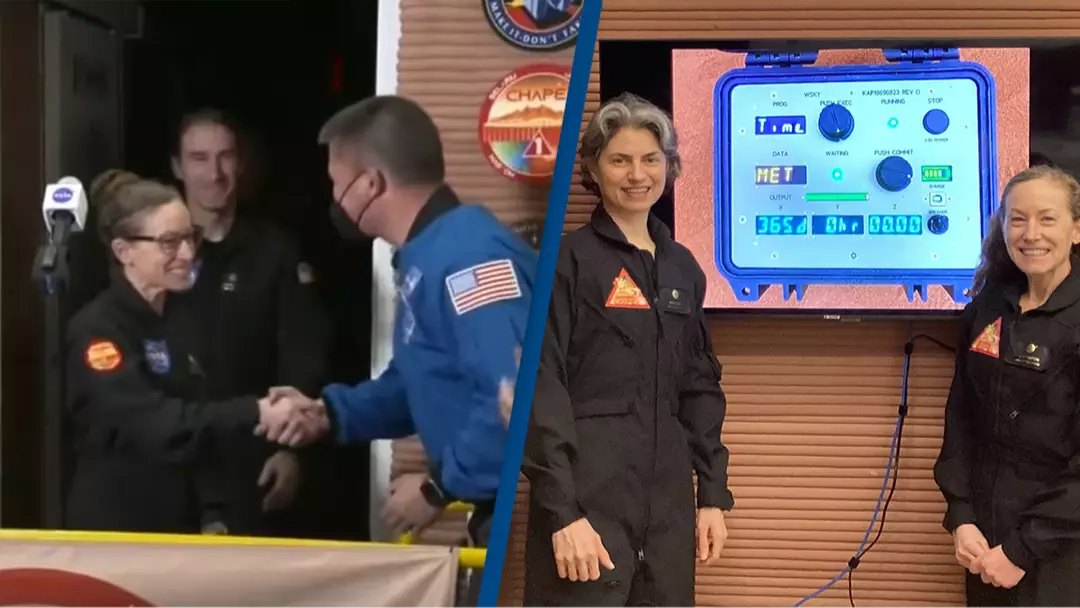
After spending 378 days in a simulated Mars habitat, four volunteers have emerged to provide valuable insights on what it would be like for astronauts to undertake a mission to Mars. The participants, Kelly Haston, Anca Selariu, Ross Brockwell, and Nathan Jones, lived in a 1700-square-foot 3D printed habitat at NASA's Johnson Space Center in Houston. This experiment could help in preparations for future space missions and understanding the effects of long-term isolation on humans.
NASA's Mars Simulation: Unlocking Insights into Future Human Missions
In a groundbreaking experiment, four volunteers recently completed a year-long stay in a simulated Mars habitat, providing crucial insights into the challenges and potential of future human missions to the Red Planet.
Background
As NASA sets its sights on sending astronauts to Mars by the 2030s, it is essential to understand the physiological and psychological effects of prolonged spaceflight and isolation on humans. The Mars Analog Habitat (MAH) simulation, conducted at the Johnson Space Center in Houston, was designed to address these concerns.
The Experiment
The MAH experiment commenced on October 8, 2021, with four volunteers: Kelly Haston, Anca Selariu, Ross Brockwell, and Nathan Jones. They lived in a 1700-square-foot 3D printed habitat, modelled after potential future Mars dwellings.
During their 378-day stay, the participants engaged in a variety of activities, including:
Results
The MAH experiment yielded valuable insights into the challenges and opportunities of human missions to Mars. Some key findings include:
Implications for Future Missions
The MAH experiment provides a wealth of information that will inform NASA's planning for future Mars missions. Key takeaways include:
FAQs
1. What were the primary goals of the MAH experiment?
To investigate the physiological and psychological effects of long-term isolation and spaceflight on humans in a simulated Mars environment.
2. How did the participants cope with isolation?
They developed coping mechanisms such as exercise, reading, and socializing through limited communication channels.
3. What were the most significant technological challenges?
Power outages, water leaks, and communication issues presented challenges that the participants had to overcome.
4. What is the significance of the MAH experiment for future Mars missions?
It provides valuable insights into the challenges and opportunities of human missions to Mars and informs NASA's planning for future expeditions.
5. What are the next steps in NASA's Mars exploration?
NASA plans to send astronauts to Mars by the 2030s, with the first human landing expected in the mid-2030s.
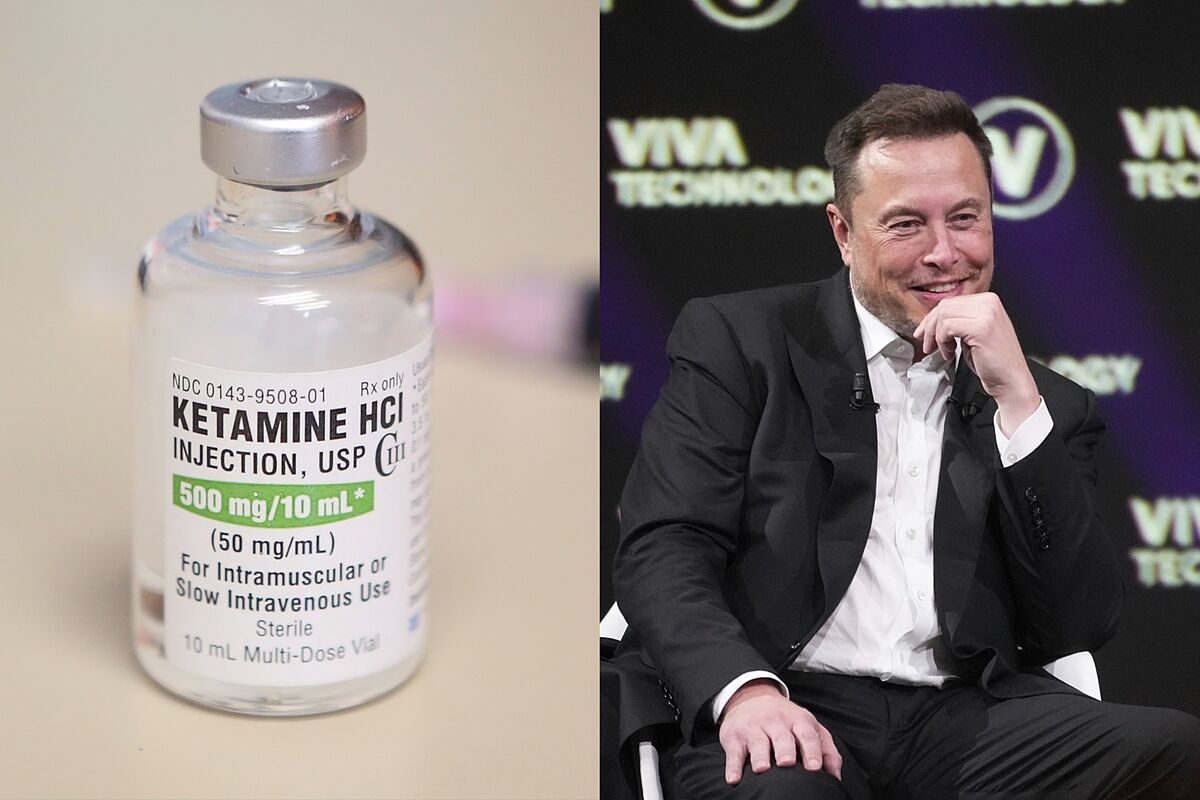
The use of ketamine as a treatment for depression has gained attention after Tesla and SpaceX CEO Elon Musk revealed that he uses the drug every other week. Derived from PCP, ketamine is a Schedule X drug that is regulated and monitored in India by prescribing doctors. While it has shown promise in managing mental health conditions, the euphoric effects of ketamine can lead to addiction if not supervised by a doctor.

A personal journey of discovering the true meaning of meditation leads to the realization of the role of Pranayama in enhancing the practice. Pranayama not only calms the mind and reduces thoughts, but also acts as a bridge between universal energy and ourselves, leading to a deeper connection in meditation. However, the importance of proper breath regulation and caution during kumbhaka is emphasized to avoid potential dangers and achieve optimal results in meditation.

Medindia, a leading health information website, has launched a new feature called Health Watch which aims to provide accurate and informative content on various health-related topics. The feature will include articles, e-books and consultations with qualified physicians, making it a one-stop destination for medical information. This initiative by Medindia is set to revolutionize the way people access and use health-related information, ensuring they have access to reliable and trustworthy sources for their health needs.
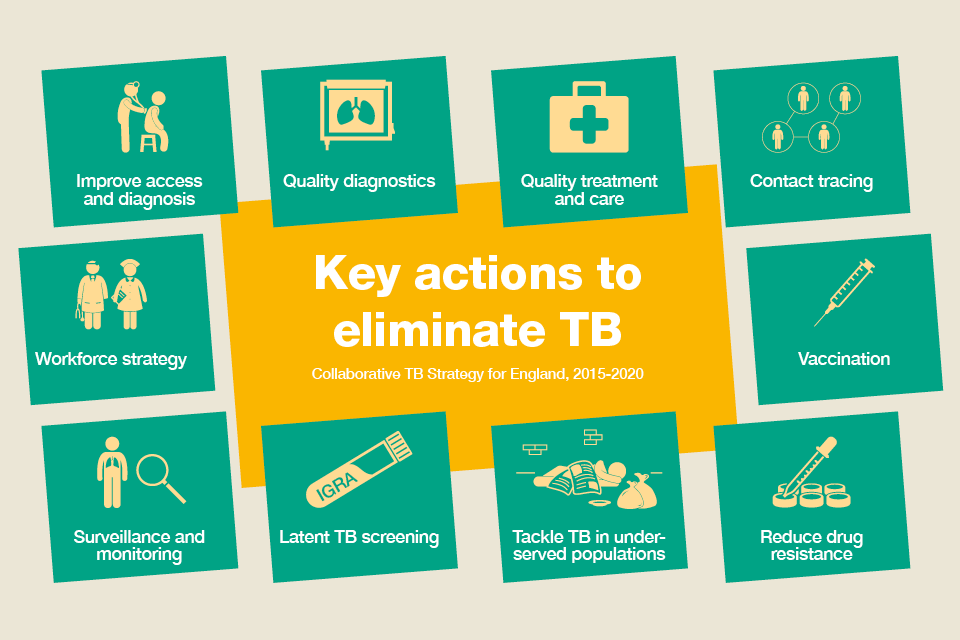
In the fight against tuberculosis, preventing the disease is just as important as treating it. According to Dr. Shweta Bansal of Artemis Hospitals, improving your immune system through diet, air quality, hygiene, and managing stress can significantly reduce your risk of TB. Her advice to avoid processed foods, maintain good hygiene, and get enough rest and relaxation serves as a crucial reminder to prioritize our overall health in preventing diseases like tuberculosis.

Every year, March 24 is observed around the world as World Tuberculosis Day to raise awareness about the ongoing fight against TB. This year's theme is "Yes! We Can End TB: Commit, Invest, Deliver," highlighting the crucial role of sustained commitment, financial investment, and effective interventions in eradicating this deadly disease. This day holds historical significance, dating back to 1882 when Dr. Robert Koch discovered the bacterium responsible for TB. Join India and the rest of the world in commemorating this day and working towards a TB-free future.

On World Tuberculosis Day 2025, learn about the symptoms of TB and how you can reduce your risk. The theme for this year's World TB Day is "Yes! We Can End TB", highlighting the collective effort needed to eliminate this disease. Prime Minister Narendra Modi has pledged to make India TB-free by 2025, ahead of the global target.

As we celebrate World Water Day, it's important to understand the importance of staying hydrated for our overall health. While the commonly known advice is to drink eight glasses of water a day, it actually varies for each individual. According to experts, women should drink 11.5 cups of water and men should drink 15.5 cups a day. However, factors such as diet and lifestyle also play a role in determining one's daily water intake. So let's decode the confusion and understand our specific water needs.
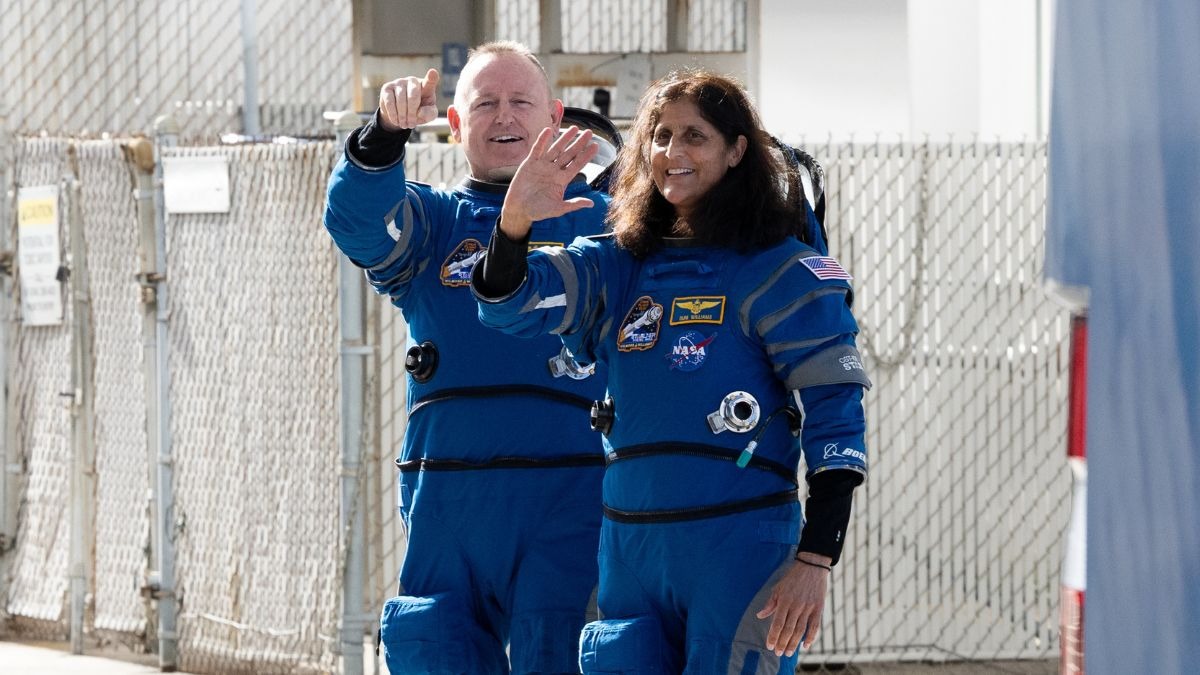
Elon Musk's revolutionary SpaceX spacecraft, the Crew Dragon capsule, has successfully brought back NASA astronauts Sunita Williams and Butch Wilmore to Earth after their extended stay aboard the International Space Station. This innovative spacecraft stands out as the only one in the world that functions as a cargo transport between Earth and space, and has proven its capabilities by safely returning astronauts from space. Equipped with 16 versatile Draco thrusters and two drogue parachutes, the Dragon capsule showcases the tremendous advancements in space exploration technology. With this successful mission, Musk's SpaceX continues to push the boundaries of what is possible in space travel.
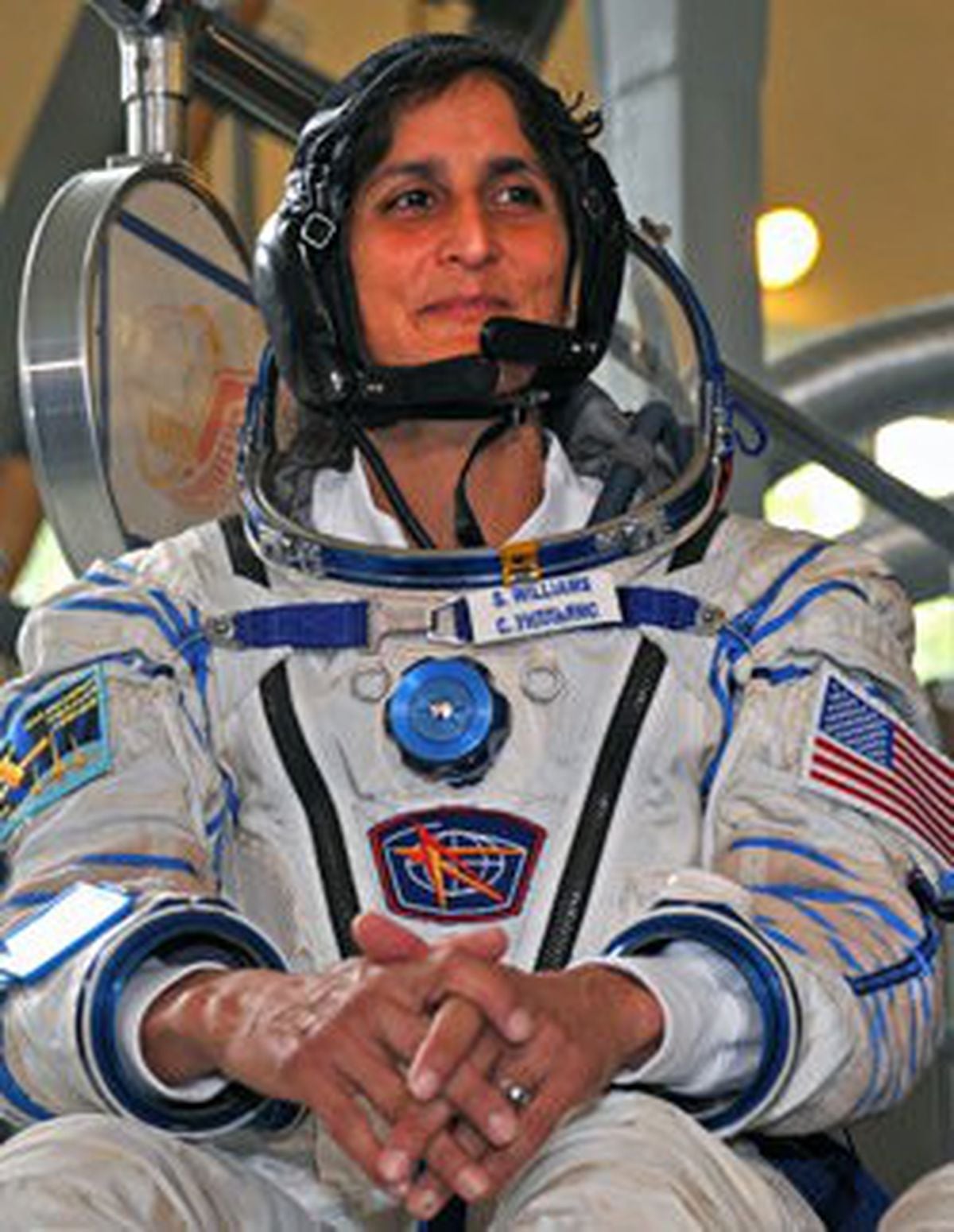
Sunita Williams has made history once again with her safe return from the International Space Station. With a passion for adventure and exploration since childhood, Williams has built an impressive career as a NASA astronaut, setting records and paving the way for future space travel. From her early education in Needham, Massachusetts, to her commission in the U.S. Navy and various space missions, Williams has showcased her determination and skill in everything she does. Now, as she returns to Earth after accumulating an impressive 608 days in space, we reflect on the incredible journey of this space pioneer.
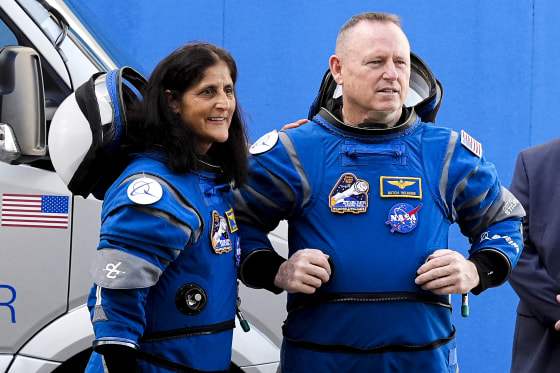
Sunita Williams and her team, accompanied by Nick Hague and Aleksandr Gorbunov, safely landed on Earth this morning after their SpaceX's Dragon spacecraft unexpectedly spent 286 days in space instead of the planned eight days. While the delay was caused by technical issues, the recovery team was greeted with a heartwarming surprise as dolphins swam arounds their spacecraft during the retrieval process. The smooth and calm ocean, coupled with the playful dolphins, made for an unforgettable and emotional return for the astronauts.